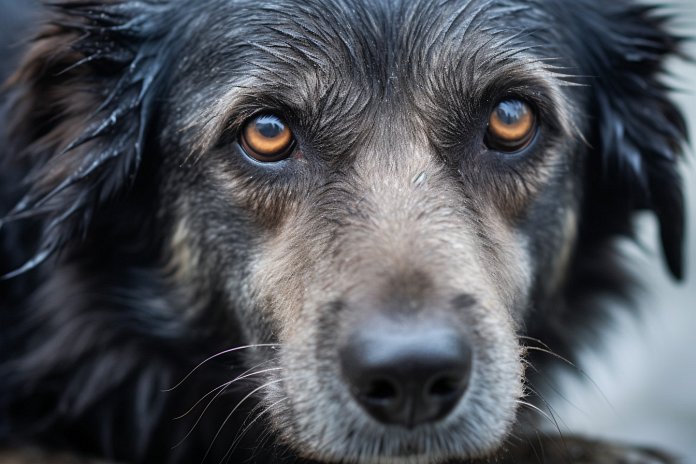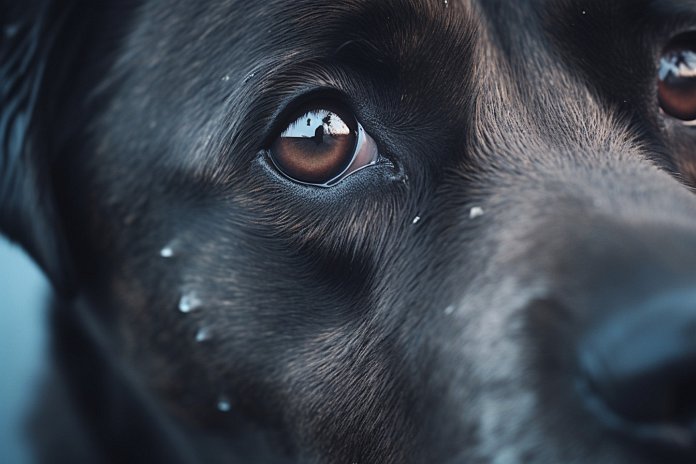
Have you ever seen your dog make those sad, puppy-dog eyes? We all know that look that makes us give in to whatever our dog wants. But does that mean they’re actually feeling grief? Well, it depends. Some experts believe that all dogs can feel grief and depression, while others think it depends on their life experiences.
Signs of Grief:
It’s hard to say for sure if dogs experience grief the same way humans do. We can’t even determine what human grief looks like on a brain scan, so it’s even harder to determine what it looks like in dogs. However, there are behavior changes that can suggest grief in dogs. They may withdraw from loved ones, show lethargy, have a loss of appetite, or exhibit a change in personality. It’s important to keep an eye on their health and give them time to heal.
Body Language:
There are certain body language signals that may indicate your dog is grieving. These include staring, whining, cowering, ears dropping, and pacing.
The Science Behind Grief in Dogs:
It’s difficult to know for sure if dogs experience true grief or depression like humans do. However, studies have shown that many dogs do mourn the death of a family member or another pet. It’s important to remember that with time, love, and patience, all dogs can recover from loss and return to their normal selves.
Training for Grieving Dogs:
While you can’t teach your dog how to feel grief, you can work with them to help them feel better when they’re sad. It’s important to pay attention to their behavior and reward positive emotions. This can also be a bonding experience for both you and your dog.
“Helping your grieving dog starts with understanding their body language and rewarding positive behaviors.”

Tips & Things to Know
1️⃣ Understanding grief in dogs: It’s important to recognize that dogs can experience grief and depression, but it varies from dog to dog based on their life experiences and relationships. Some dogs may show signs of grief, while others may not.
2️⃣ Signs of grief in dogs: Look for behavior changes such as withdrawal, lethargy, loss of appetite, and changes in personality. Also, pay attention to body language signals like staring, whining, cowering, ears dropping, and pacing.
3️⃣ Supporting a grieving dog: Take the time to pay attention to your dog’s emotions and provide them with love and comfort. Avoid reinforcing negative behaviors with treats and instead reward positive behaviors. Be patient and understanding, as with time and patience, most dogs can recover from a loss and return to their playful selves.
Frequently Asked Questions, Answered ✅
1. Can dogs experience grief and depression?
– According to studies, whether or not dogs can feel grief depends on their life experiences, such as how they were raised and if they had other animal friends.
2. What are some signs that a dog may be feeling grief?
– Signs may include withdrawal from loved ones, lethargy, loss of appetite, and changes in behavior and personality.
3. How can we recognize a grieving dog?
– Look for body language signals such as staring, whining, cowering, ears dropping, and pacing.
4. Do dogs experience grief in a similar way to humans?
– It is difficult to determine how dogs experience grief from a neurological standpoint, but studies have shown that dogs can exhibit behavior changes when a family member or furry companion passes away.
5. How can we help a grieving dog?
– Pay close attention to their signs of sadness, reward positive behaviors, and provide time, love, and patience to help them feel better.